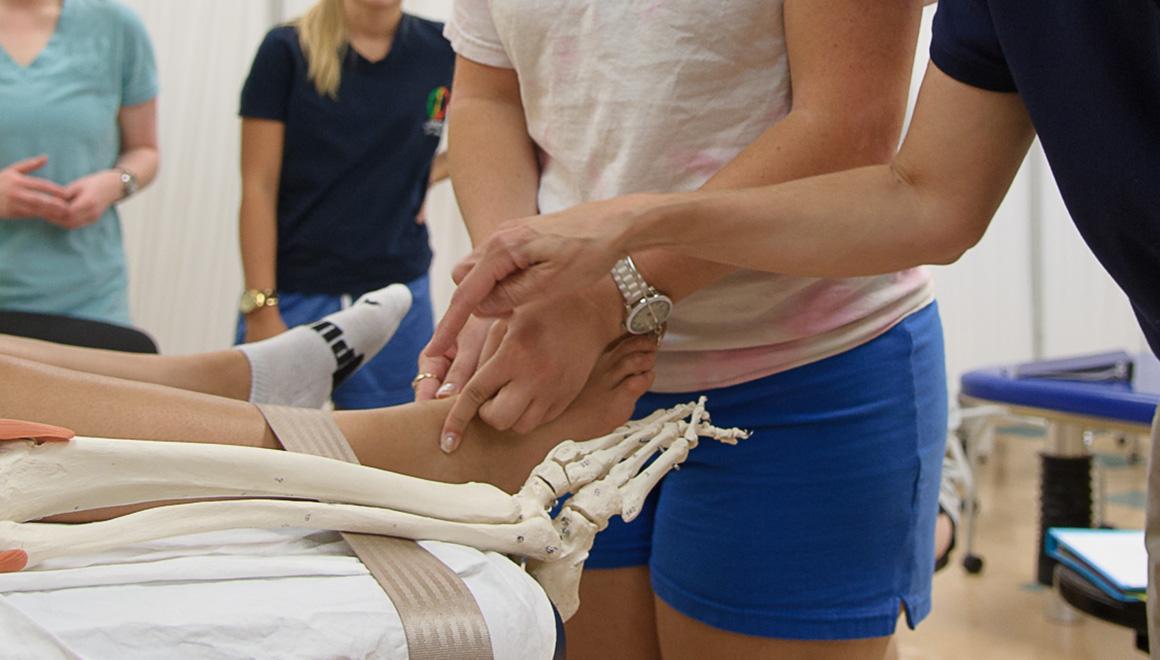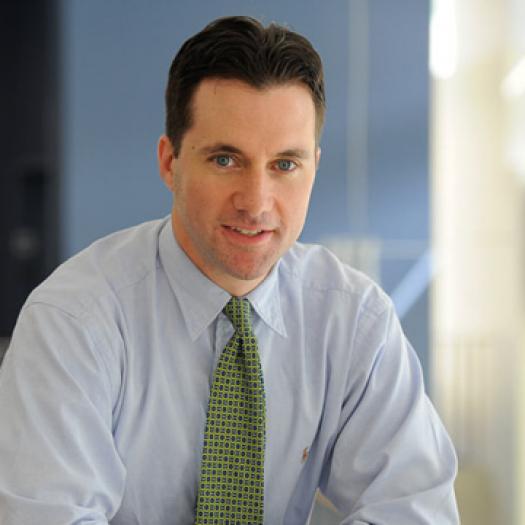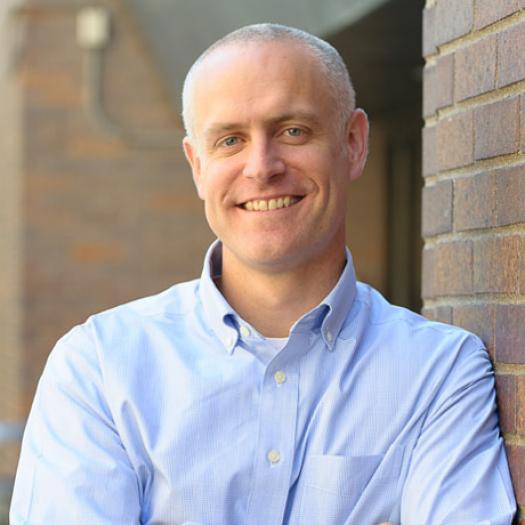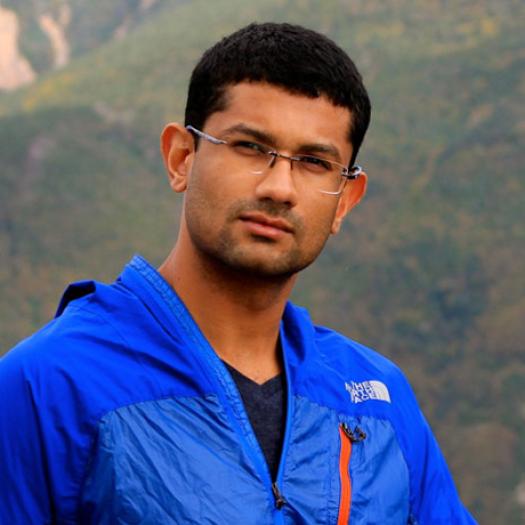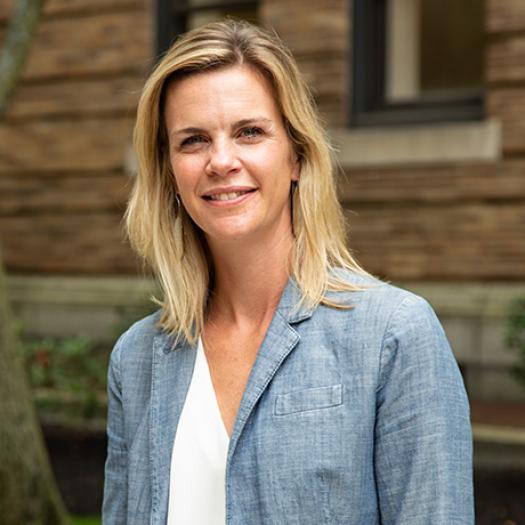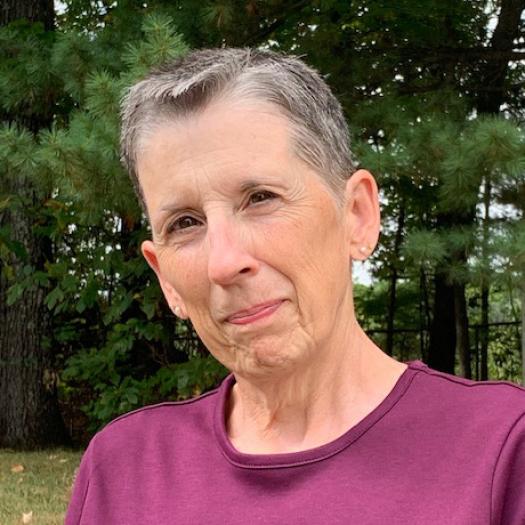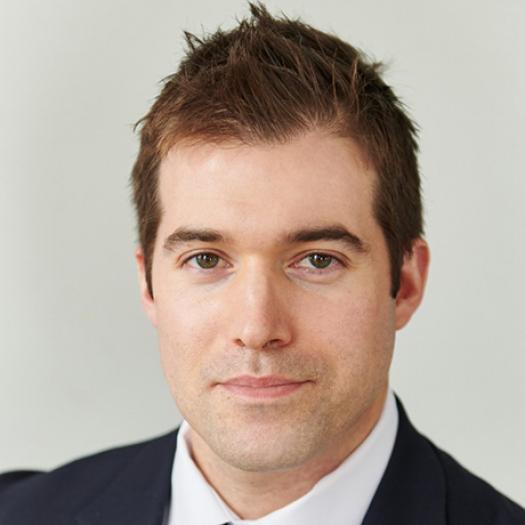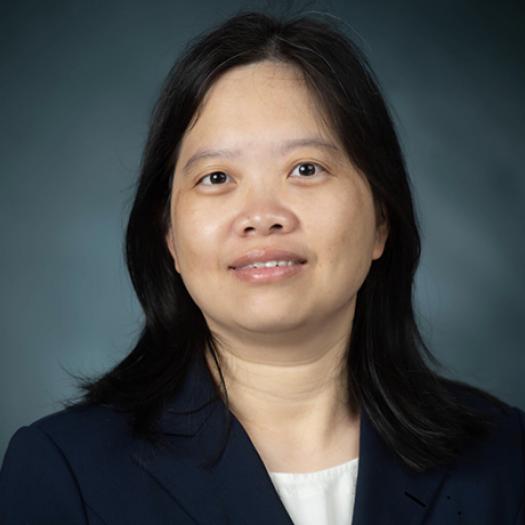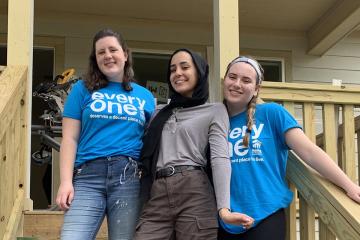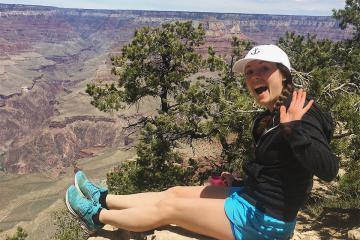Students in the 3+3 Exercise Science and DPT program will complete two degrees in their six years at Simmons: a Bachelors of Science in Exercise Science after the fourth year and a Doctorate of Physical Therapy after the sixth year. As such, students have two undergraduate homes, both within the College of Natural, Behavioral, and Health Sciences (CNBHS). For their undergraduate education, students are members of the Exercise Science program, which is housed in the Biology Department. For their graduate work, students progress to the Physical Therapy program. All majors are required to have Basic Life Support and First Aid Certifications by March 1 of the senior year.
The suggested sequence is:
First Year
| BIOL113 |
General Biology |
4 |
|
OR |
|
| BIOL115 |
Advanced General Biology |
4 |
| CHEM111 |
Principles of General Chemistry |
4 |
| CHEM112 |
Principles of Organic Chemistry |
4 |
First or Sophomore Year
| STAT118 |
Introductory Statistics |
4 |
|
OR |
|
| STAT227 |
Intermediate Statistics: Design & Analysis |
4 |
| PSYC101 |
Introduction to Psychological Science |
4 |
| NUTR112 |
Introduction to Nutrition Science |
4 |
| EXSC100 |
Introduction to Exercise Science |
2 |
| EXSC110 |
Form and Function in Resistance Exercise |
2 |
EXSC 100 and EXSC 110: Required for Class of 2023+. Counts as .5 ExSci elective for Class of 2022.
Sophomore Year
| BIOL231 |
Anatomy and Physiology I |
4 |
| BIOL232 |
Anatomy and Physiology II |
4 |
| BIOL246 |
Foundations of Exercise and Health |
4 |
All courses include labs
Junior Year
PT Observation Hours: 30 hours of observation of a licensed physical therapist must be documented by May 1. See the DPT Handbook for details.
BIOL 332, PHYS 110, EXSC 361 include labs
BIOL 332: prereq. for EXSC 361
First Aid Certification offered during EXSC 361 lab at cost.
Fourth Year (First Year DPT Program)
If you progress into the DPT program, to earn the BS in Exercise Science, you can apply the courses in the first year of the DPT program to fulfilling the BS in Exercise Science requirements. The DPT program is 99 credits (including the combined undergraduate 4th Year/Year 1 in the graduate program). The graduate DPT program involves a full-time commitment over a three year period, including summers, beginning in the summer following the third year. Graduation is in May of the fourth (BS degree) and sixth (DPT degree) years. The program affiliates with approximately 300 institutions across the country, offering students a wide variety of clinical settings in which to participate in the practice of physical therapy.
| DPT612 |
Professional Seminar |
1 |
| DPT672 |
Frameworks of Physical Therapy: Musculoskeletal I |
7 |
| DPT613 |
Professional Seminar |
1 |
| DPT673 |
Frameworks of Physical Therapy: Musculos keletal II |
7 |
| DPT621 |
Human Anatomy |
7 |
| DPT622 |
Movement Science I |
3 |
| DPT652 |
Evidence Based Practice I |
2 |
DPT 612 and DPT 672: Serves as a replacement for BIOL 370 (Fall)
DPT 613 and DPT 673: Serves as a replacement for BIOL 370 (Spring)
DPT 621 and DPT 622: Serves as a replacement for BIOL 362
DPT 652: Serves as a replacement for 2nd EXSC elective (1st met by PHYS 110)
